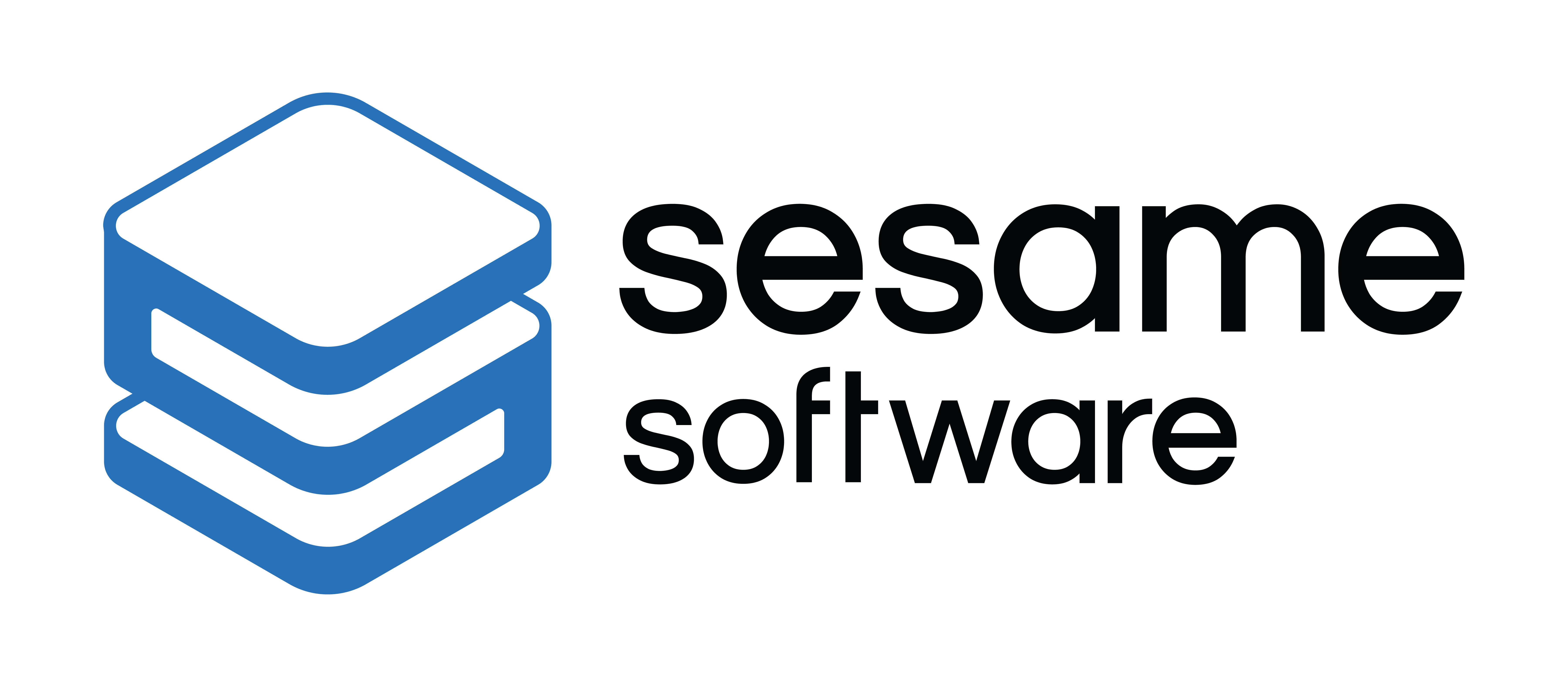The Future of Data Management in the Subscription Economy: How Salesforce + NetSuite Integration Helps Businesses Stay Ahead
- Sesame Software

- Oct 16
- 3 min read
Subscription Businesses Run on Data
The subscription economy continues to outpace traditional business models, reshaping industries from software to consumer goods. Unlike one-time sales, recurring revenue depends on constant customer engagement, retention, and accurate forecasting. For companies built on subscriptions, data is no longer a back-office function, it is the fuel for survival and growth.
But managing this data isn’t simple. Customer interactions often live in Salesforce, while billing, revenue recognition, and compliance reporting are handled in NetSuite. Without tight integration between the two, businesses risk creating silos that slow down insights, delay financial reporting, and leave churn risks hidden until it’s too late.
The Churn Challenge
Churn is the subscription economy’s biggest enemy. Even small percentages of customer loss compound quickly when revenue is recurring. The ability to spot early warning signs — declining engagement, missed payments, support escalations — can make the difference between steady growth and stagnant MRR.
That requires unified, reliable data. If Salesforce and NetSuite operate in isolation, sales teams may not see financial red flags, while finance teams may lack visibility into customer sentiment. The result is an incomplete picture of customer health, and missed opportunities to intervene.
Why Integration Matters

Seamless integration between Salesforce and NetSuite closes this gap. When data flows in near real time between the two platforms, subscription businesses gain a single view of the customer that spans the entire lifecycle, from lead to renewal.
Sales sees subscription history and payment trends without leaving Salesforce.
Finance gains accurate forecasting powered by live pipeline data.
Leadership has cross-system visibility into churn risk, customer lifetime value, and recurring revenue trends.
This is where modern data pipelines stand apart from brittle point-to-point integrations. By replicating and synchronizing data across systems, companies get not only connectivity but also reliability, flexibility, and the ability to scale as data volumes grow.
The Sesame Software Advantage
Sesame Software was built to solve exactly this challenge. Our platform provides near real-time replication between Salesforce, NetSuite, and the destinations of your choice, whether that’s a cloud data warehouse, on-prem database, or data lake.
For subscription businesses, this means:
No blind spots between CRM and ERP
Cleaner, normalized data ready for analytics and AI models
Audit-ready backups for compliance and revenue recognition
Flexibility to expand pipelines as new data sources come online
Because Sesame Software isn’t locked into a single storage ecosystem, you also avoid the vendor lock-in that often drives up costs over time. Data can be stored where it makes the most sense — in the cloud, on-prem, or a hybrid approach.
Future-Proofing the Subscription Economy
As the subscription economy matures, data strategies must keep pace. Companies that succeed will be the ones that treat data as a first-class asset, not an afterthought. Seamless Salesforce + NetSuite integration is no longer optional, it’s the foundation for reducing churn, improving customer experiences, and growing recurring revenue streams.
The future of data management in the subscription economy is clear: flexibility, visibility, and speed. Businesses that invest in these capabilities today will be best positioned to thrive tomorrow.
Next Steps
See our full range of NetSuite and Salesforce solutions to unlock real-time insights.
See how Sesame Software powers near real-time data replication to keep your CRM, ERP, and analytics perfectly in sync.
Talk to a Data Expert about building a unified data strategy that drives renewals, visibility, and growth.
Salesforce + NetSuite Integration FAQ
What makes replication more reliable than traditional integration methods?
Traditional integrations often move data only when triggered by specific events or schedules, creating gaps and potential data loss. Sesame Software uses automated replication that maintains a dedicated, continuously updated copy of your data. This ensures consistent performance at scale, even as data volumes grow or systems evolve — providing both reliability and flexibility for analytics and reporting.
How does Sesame Software ensure Salesforce and NetSuite stay aligned?
Sesame Software continuously replicates data between Salesforce and NetSuite instead of relying on point-to-point integrations. This approach keeps customer, billing, and revenue records synchronized in near real time, eliminating version mismatches and reducing the need for manual updates or reconciliation.
Found this post helpful? Share it with your network using the links below.



